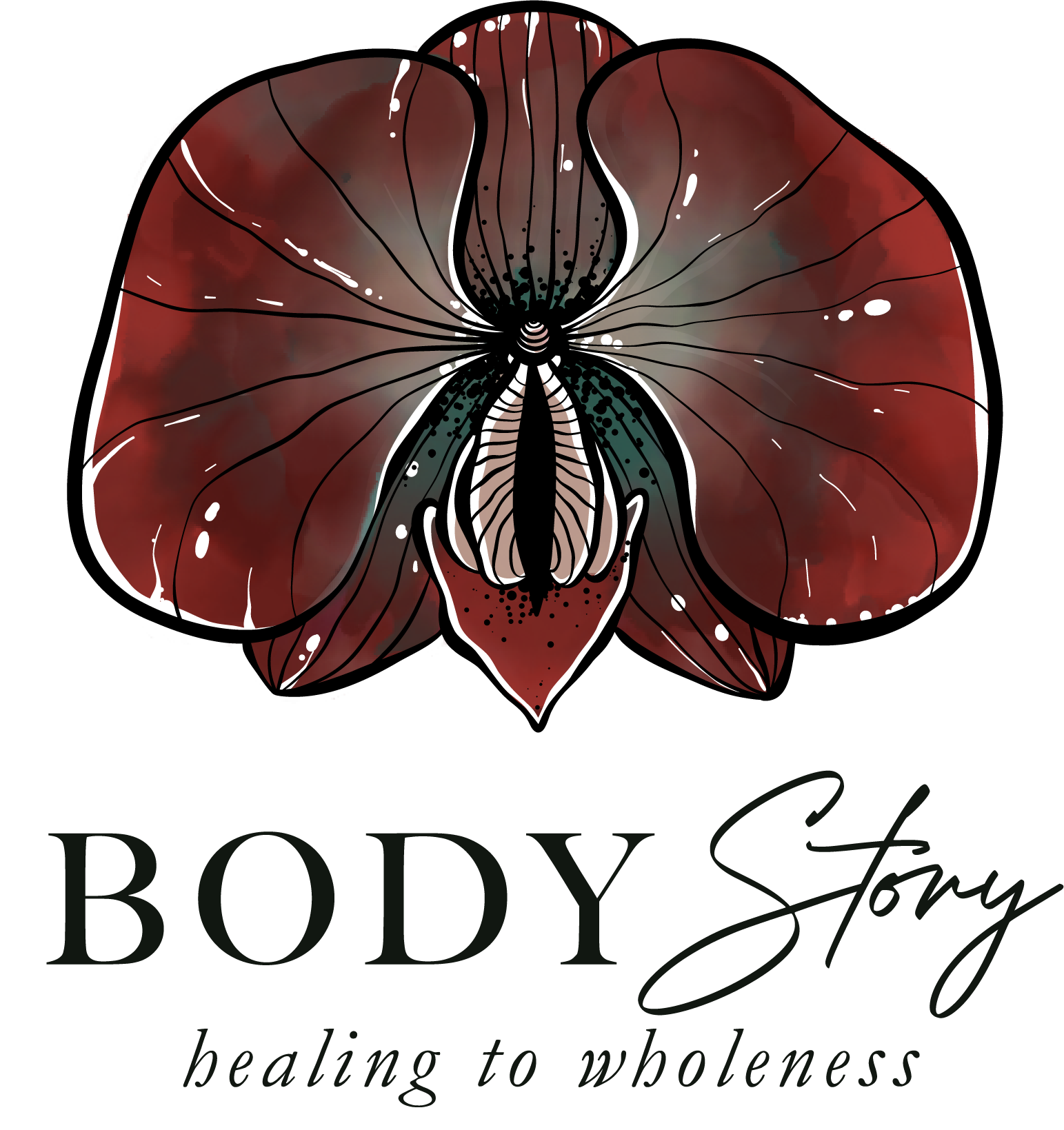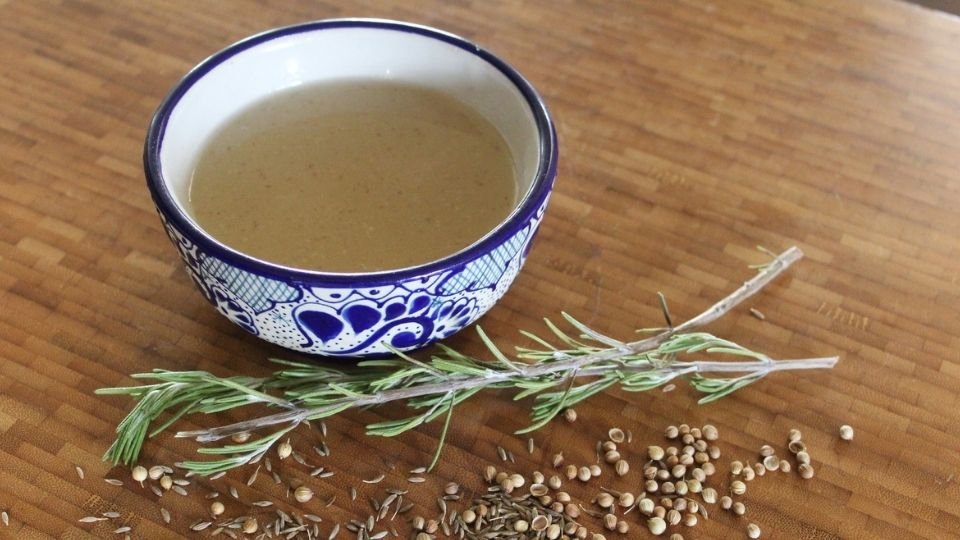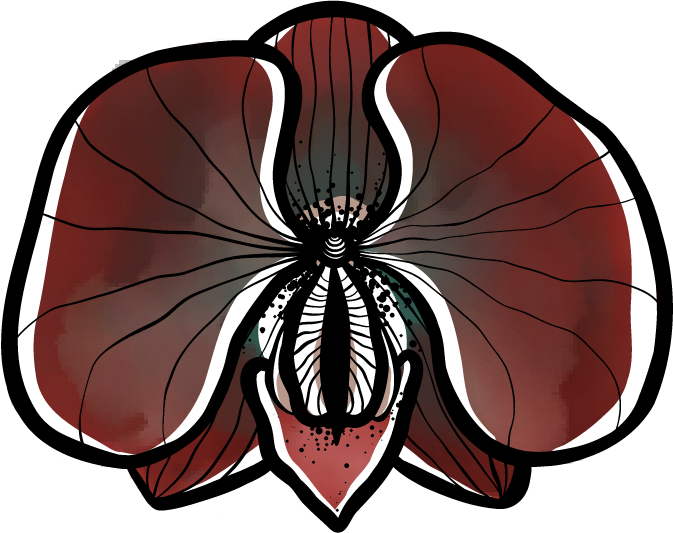If you would have asked me five years ago for my bone broth recipe, I would have stared back at you blankly.
That was a time of high-horse vegetarianism for me. I was studying with a teacher at the time who was militant about not eating meat, so I fell in line.
I grew, birthed and nursed a child for four years on a strict vegetarian diet, unsure why I was struggling with depletion, weight loss, and unreasonable fatigue. I didn’t know that Ayurveda prescribes wise use of meat for exactly these conditions. (My former teacher only insisted that meat would build unhealthy tissue, a direct contradiction to the texts).
A New Look at Meat
I stopped nursing about four months after moving to Mexico and leaving my teacher’s rigid ways, but whatever I regained was now being put to use battling successive parasite invasions and repairing an injury in my knee. I was spent, anemic, and ready for a change. It was then that I learned about Ayurveda’s use of bone broth to rebuild depleted tissue, soothe aching joints, calm inflammation, and replenish digestive fire. I knew it was for me.
Funny Farm
My journey back to health began at a local ranch, a place that raises animals with the understanding that they are sentient beings who deserve fresh air, ample space, and time with their mothers, among other basic needs.
On my first visit, I noticed how still the ranch was, and quiet. Walking the land felt like touring a private nature reserve. I felt open and soft. This was far different from the farms I’d visited before where the smells, sights, and sounds felt intrusive and disturbing.
I left with a bag of bones that I slowly cooked for a day. I began to take the broth daily. After several weeks, I felt revitalized, a kind of nourishment I had not felt in years.
It was true food as medicine.
A Basic Bone Broth Recipe
Thanks to the popularity of the paleo diet, you can buy bone broth at most health food stores. But it’s quite simple – and fresher – to make your own.
In bringing this process to your kitchen you can choose the type of bones and where you buy them (I go out of my way to find ethical butchers who source from smaller ranches like the one I visited in Mexico – both are growing in popularity, hopefully a sign of good things coming).
Making broth at home also allows you to have a more conscious relationship with the animal you’re eating. No matter your previous relationship with meat or vegetarianism, I invite you to pause as you cook and eat your bone broth. Really look at the bones and the medicine they create, witnessing the blood- and bone-building richness as a gift from that animal to your body. With your renewed vitality, you can give your gifts to the world.
Below I’ve shared three methods for making bone broth, using a slow cooker, pressure cooker, or plain old stovetop.
Ayurvedic (un)Recipe: Bone Broth
1 kilo (2 pounds) bones from a good source (organically fed, pasture raised, antibiotic free – use bones that have a lot of collagen, neck, feet, knuckles, etc. I usually use chicken feet or carcasses of turkey or chicken)*
Enough filtered water to cover by about 2 inches
4 cups chopped root vegetables of your choice (Tip: save your vegetable scraps from other meals)
2-3 TBSP Any spice/herb combination you like (cumin, ginger, coriander, fenugreek, rosemary, etc.)
*If you’re using lamb, beef, or goat (red meat) bones, roast them in a 400 F degree oven for 20 minutes first to draw out the nutrients.
The easiest way to make bone broth is in a slow cooker or a large pressure cooker. The regular stovetop will take longer, but is available if you don’t have the other equipment.
Slow Cooker Method:
Add all ingredients to the pot.
Cover and turn the slow cooker on low. Cook for 24 hours.
Allow the bone broth to cool slightly, then strain through a fine metal strainer. Store the fridge for up to five days or freezer for several months.
Pressure Cooker Method:
Add all ingredients to a pressure cooker, ideally an electric model, such as Instant Pot.
Bring the mixture to pressure and turn down the heat to low. Cook at high pressure for 4 hours. Allow to come off pressure naturally, then allow the bone broth to cool slightly, then strain through a fine metal strainer. Store the fridge for up to five days or freezer for several months.
Stovetop Method:
Add all ingredients to a large pot.
Bring the mixture to a boil. Cover and turn down the heat to a low simmer. Cook for about 18-24 hours on very low heat. You may have to add additional boiling water as this method will lose water faster than the others.
Allow the bone broth to cool slightly, then strain through a fine metal strainer. Store the fridge for up to five days or freezer for several months.
*****
Drink 1-2 cups of warm bone broth daily or use as the base for soups, liquid for rice, etc.





